Ever welded a shooting rest onto a clapped out Landie before heading out to the fields after a fox? Tim Pilbeam recounts the history of his own homemade wagons
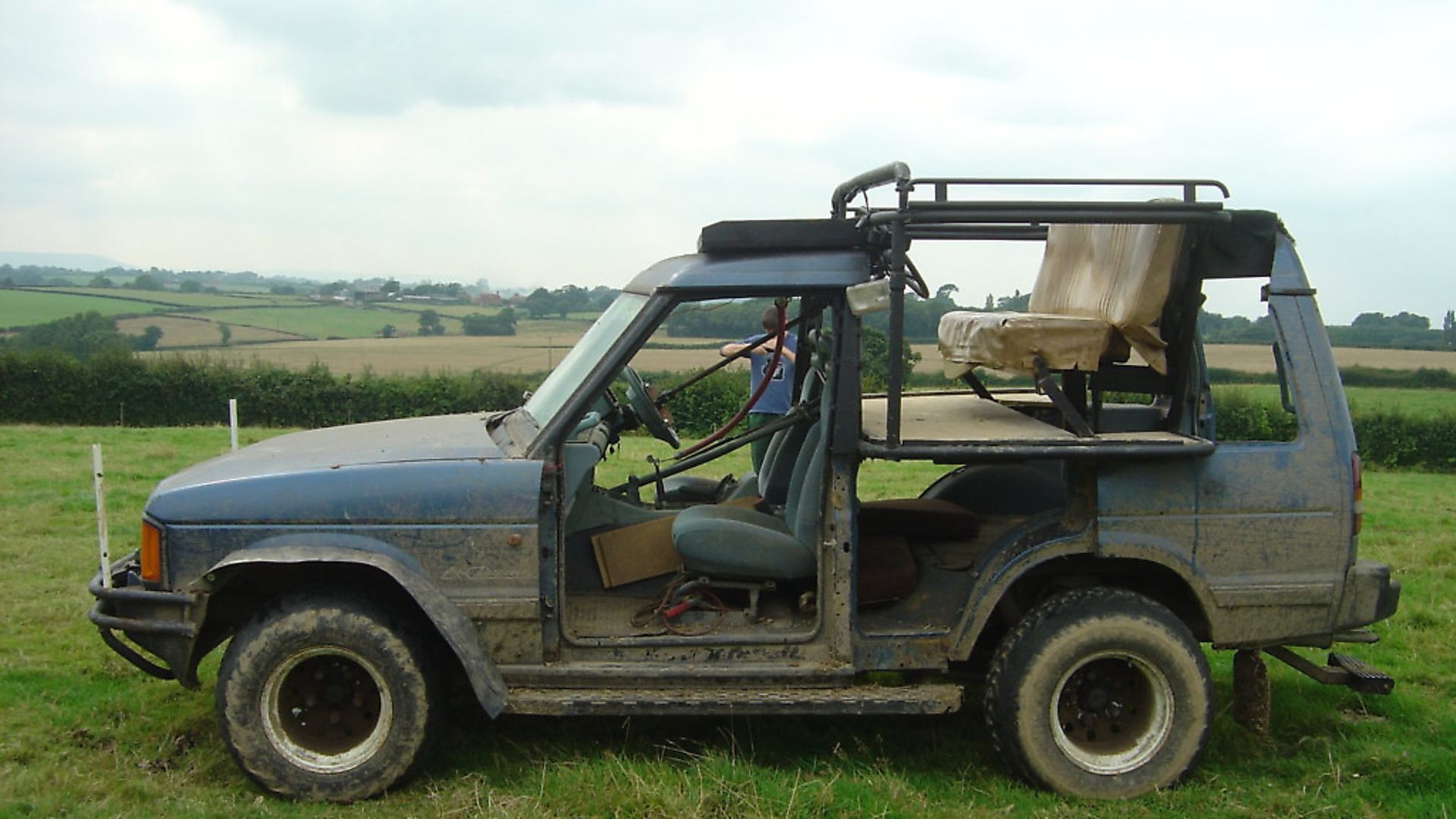 credit: Archant
credit: Archant
Much has changed since the ‘70s in my attempts to control the vermin on the farm. Meat Loaf was my hero at school, Atari released their table tennis game Pong, Harold Wilson was PM, and I had hair! Gone are the days of hanging from the back of a pick-up, bellowing orders at the driver who can’t hear a word through the tin roof. Being thrown around fields and bumping across tramlines, not to mention chasing foxes at high speeds – you had to grip on for dear life by the fingernails. Although it was a little rough and ready, it was exciting and it suited my teenage years.
There were no fancy telescopic sights the size of dustbins, powerful spotlights, night vision or thermal. Just the dim headlights of that old Series 3 Land Rover. Centrefire rifles were not that common, and those who had one were held in high esteem in the local community. We had our moments when we lost people off the back, and once I rolled my pick-up at high speed chasing Charlie! Aye, those were the days! Less said, the better.
Then came the responsibility of becoming a family man along with, supposedly, maturity, so nowadays it is a much more leisurely, sedate affair with comfort and communication being paramount. The .17 HMR and .22 rimfires, partnered by a centrefire for the foxes, are commonplace today, as is driving about at a much more sensible speed. I have to admit, it is a much more effective way to control numbers, but not nearly as exciting!
Building shooting wagons has not been without its challenges, but it has led to larger donor vehicles being used which evolve along the way, as seen on my Mk 4 version. I shall try to give you a resume of the 30+ years of evolution that my shooting wagon has undergone.
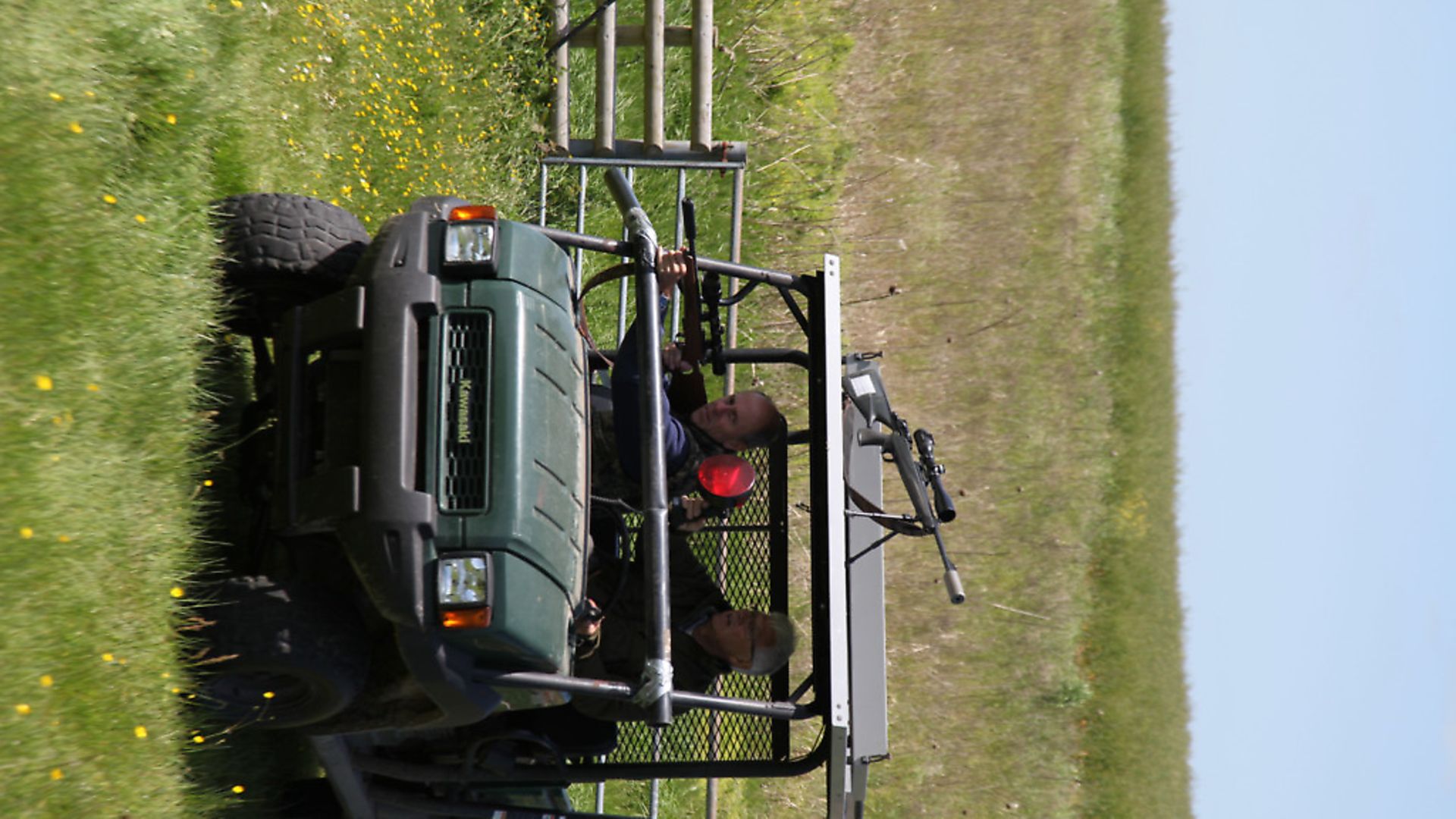 credit: Archant
credit: Archant
The ‘80s
In the ‘80s, I started with Mark 1, a Subaru hatchback with a sunroof. That was a little selfish, as only one can shoot out of it at any one time, so Mk 2 was quickly requisitioned from the local scrappy. It was a 4x4 Subaru estate that I fashioned by removing the rear of the roof and keeping the sides, and building a wooden seat across the back. The working 4WD was a real bonus, but as the muzzle of the barrels were behind the driver it was a bit dangerous, so I welded a thick metal sheet to the top of the roof. Sorted!
The first autumn of night shooting resulted in the radio aerial being shortened several times, before being completely removed, and several dents appearing on the reinforced roof from the varied ammunition and armaments that were used… all in the cause of pest control! Mk 2 lasted for three years, but the cost of CV joints and other mechanicals unfortunately destined it to the scrap heap.
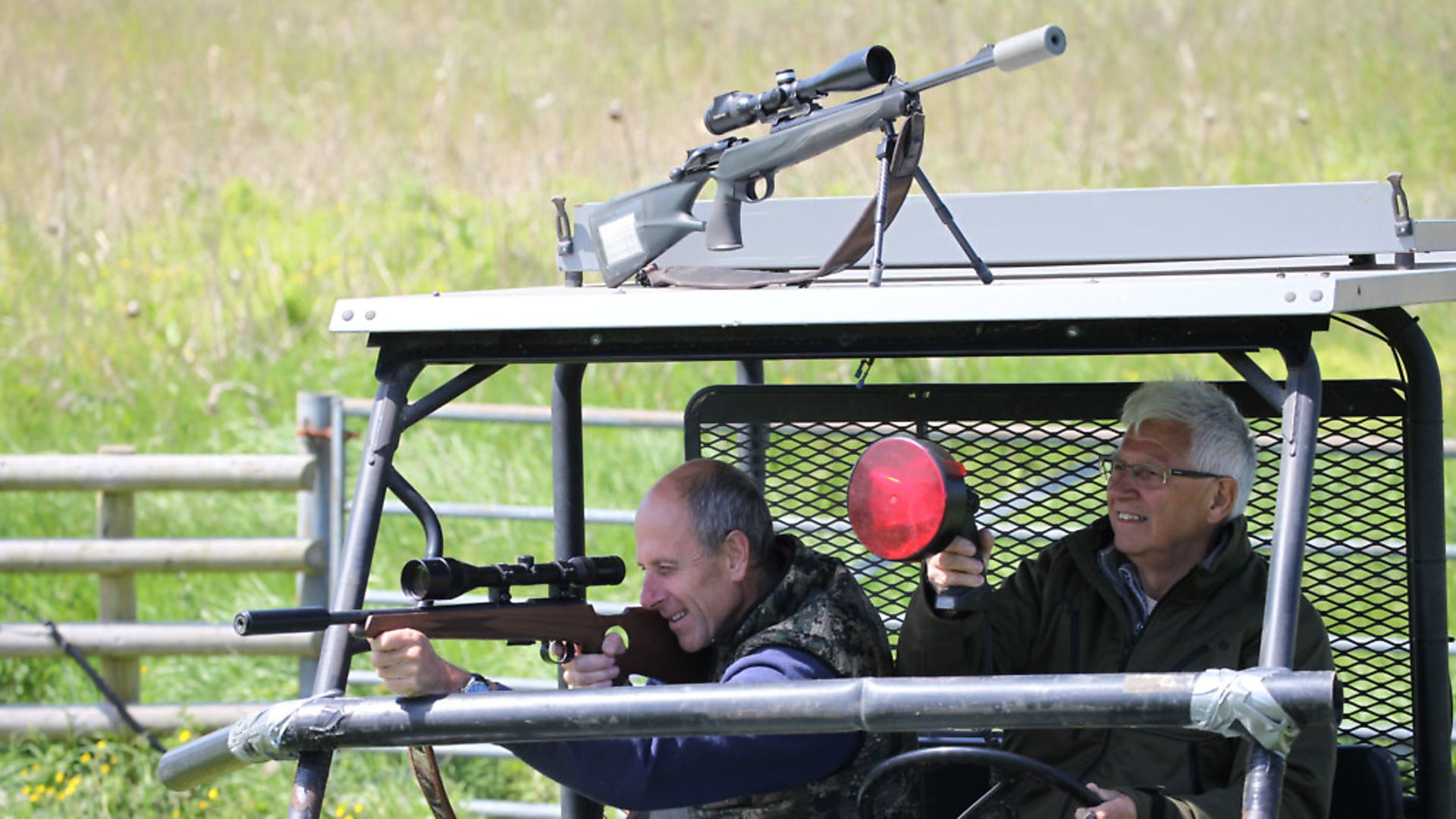 credit: Archant
credit: Archant
The ‘90s
In the early ‘90s, helped by a bunch of lads who could turn their hand to anything, the Mk 3 was born in the shape of a 1978 two-door Range Rover. As soon as I saw it, my eyes lit up! I knew exactly what to do with it... High standing and sitting positions to enhance vision and long-range spotting of quarry; driver to be positioned between shooters for safety and ultimate communication, as the driver is in charge of the lamp (driver can always see quarry, whispering to shooter when squeaking etc); driver controls positioned just below roof; shooting position carefully designed for comfort, plenty of space and ease of getting onto quarry; two shooters can shoot safely at any one time; panoramic 360° ability to shoot safely; quick access to another rifle; ability to hook up three power points; floodlights around vehicle to aid picking-up; V8 3.5 petrol engine and automatic gearbox for quietness and ease of driving; flotation tyres to reduce soil damage when wet (so we can shoot all year round); facility to store ammo and other shooting aids in close proximity to driver; kill switch in event of having to stop quickly when lamping with only spotlights being able to be used
The list could go on... With angle grinders whirring and gas axes blazing, doors, tailgates and anything superfluous were removed. The clunky tired four-speed manual gearbox was replaced with a smooth four-speed ZF automatic to make changing gear a little easier. A frame, or a sort of roll cage, was made from scaffolding pipe and was built by my neighbour Steve – this allowed three people to sit in it at any one time.
The thick plastic bench seat came from the rear of the Range Rover – can you remember those? You are definitely showing your age! Most importantly, the middle person was now able to drive. The steering wheel and control pedals were extended, with the automatic gear selector being relocated from between the front seats to nearer the bench seat. After visiting my local contractor, a set of worn out 20” wide tyres from a crop sprayer were pilfered and a new set of rims purchased, but they would only fit after cutting 5” from the front and rear wheel arches!
What a beast! What a project! But look at what we had built… the ultimate bunny basher!
In our eyes, the Mk 3 was the perfect shooting wagon, allowing shooters to safely communicate with the driver without the need of shouting, but most conveniently, the driver could hold the lamp at the same time as steering the monster. Parking up and calling foxes was made easier, as the lamper could stand up, shining the light from a good 10 feet off the ground. Spotting and shooting was easier at longer distances, allowing shots to be taken over most of our wide, tall hedges. As for the gas guzzling 3.5l V8, that would average about 10mpg if we were lucky. It was the perfect fit because on tick-over it was so smooth, negating the need to turn the engine off when taking shots. It was also as quiet as a mouse when travelling at low speeds.
We were able to shoot through most of the winter, thanks to the flotation tyres, and if conditions got a little sticky the powerful V8 pulled through most terrain. I only got it stuck twice – once when I drove over an abandoned badger sett that collapsed under a wheel, and the other when I ended up on some wooden pallets that someone had left in the field. Picture the beast perched in the air with the wheels spinning!
The Mk 3 lasted for over 15 years, but reliability was becoming an issue. The engine had been cooked up a few times and the gearbox was on its last legs. The chassis was disintegrating, with the body shell more or less completely detached from the chassis and only held onto the vehicle by the cage.
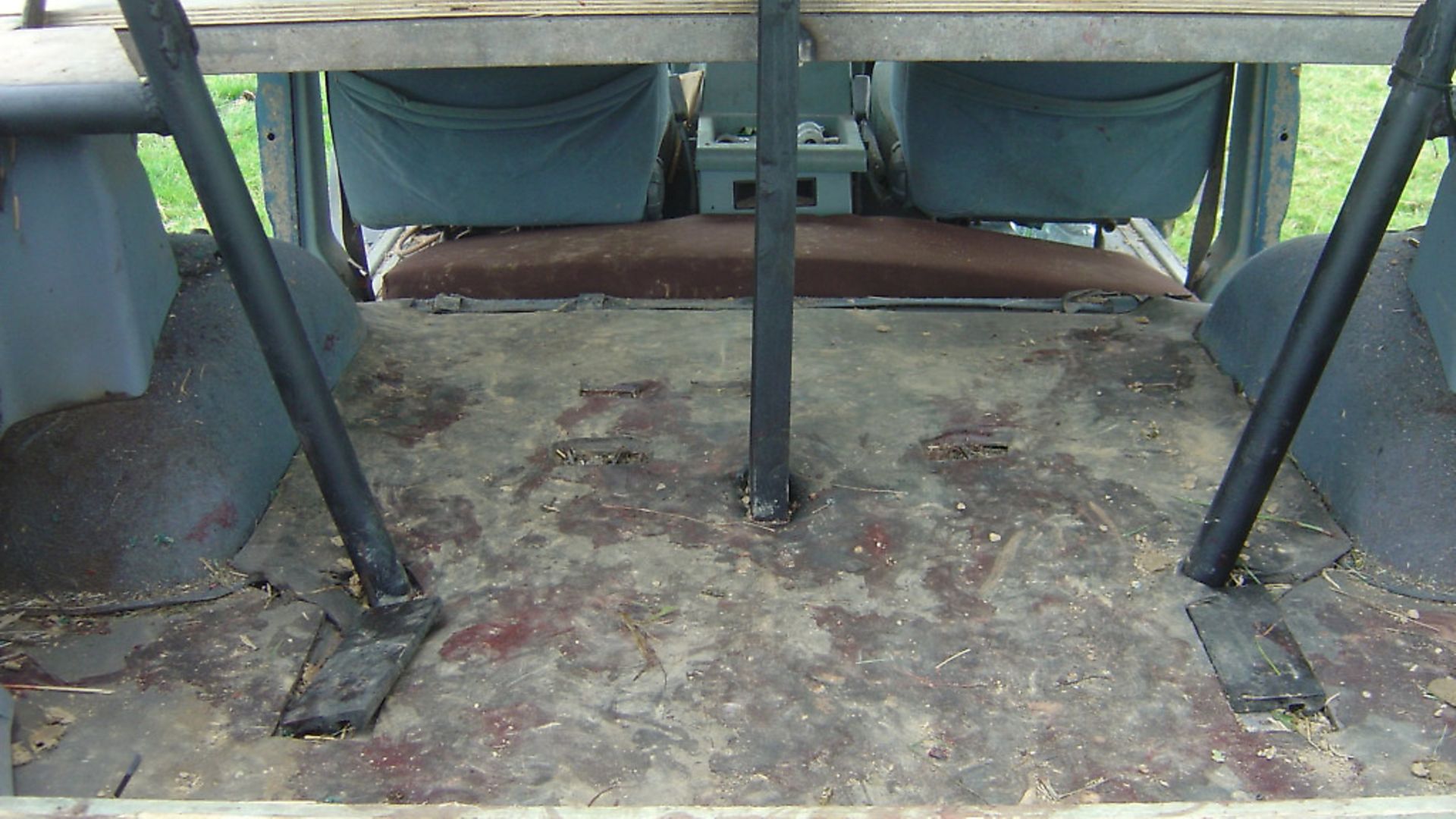 credit: Archant
credit: Archant
The noughties
I felt I had another shooting wagon project in me to fabricate. Remarkably, and by pure luck, a suitable project came my way in 2007 in the shape of a 1992 Land Rover Discovery. It had a similar chassis layout to the earlier Range Rover so, in theory, the rigid roll cage configuration could be transferred without too much work. It was an MOT failure, and had a broken transfer box, which was annoying but not a major concern. I think I purchased the vehicle for around £750 and set about making the Mk 4 shooting wagon. The 3.9l V8 fuel-injected petrol engine was sound, and a vast improvement on the older model, but it had a manual transmission so was much harder to drive – one of the many challenges.
Once again, all the doors and the tailgate were removed, and with the help of a tractor foreloader the cage was lifted from the old Range Rover and dropped onto the Discovery. After a few modifications, the scaffolding pipes were welded and located onto the chassis.
It was the driving controls that were to be my biggest headache. In true farmer’s fashion, and after a little head scratching, the scrap heap was raided. Old gas pipes were used to extend the pedals to the upper driving area, and an old control shaft from a MF loader tractor was bolted onto the gear lever, extending it three feet towards the rear. Heath Robinson, you bet it was!
After many hours of tweaking, bending and thrashing, with the transfer box rebuilt and the flotation tyres fitted from the old Range Rover rabbit truck, the Mk 4 shooting wagon was proudly driven out of my barn after a week’s work.
The wife thought she had seen most things, but this was like a scene from Chitty Chitty Bang Bang, emerging from my shed! It featured several upgrades: additional wiring points for extra lights; red driving lights; and extra rifle and ammo holders to name but a few. This engine had so much more power than its Stromberg-carbed stable mate. 70mph was well within its grasp, but it was a devil to control at that speed. I felt this one was about as good as it gets! The front seats were also retained, allowing extra passengers to pick up the rabbits, which was a luxury. It also made a very stable long-range shooting platform, with the aid of a short scaffolding board to support the stock and elbow. It has accounted for thousands of rabbits and hundreds of foxes over its 10 years of service. No matter how long it was parked up in the barn, it always started on the button.
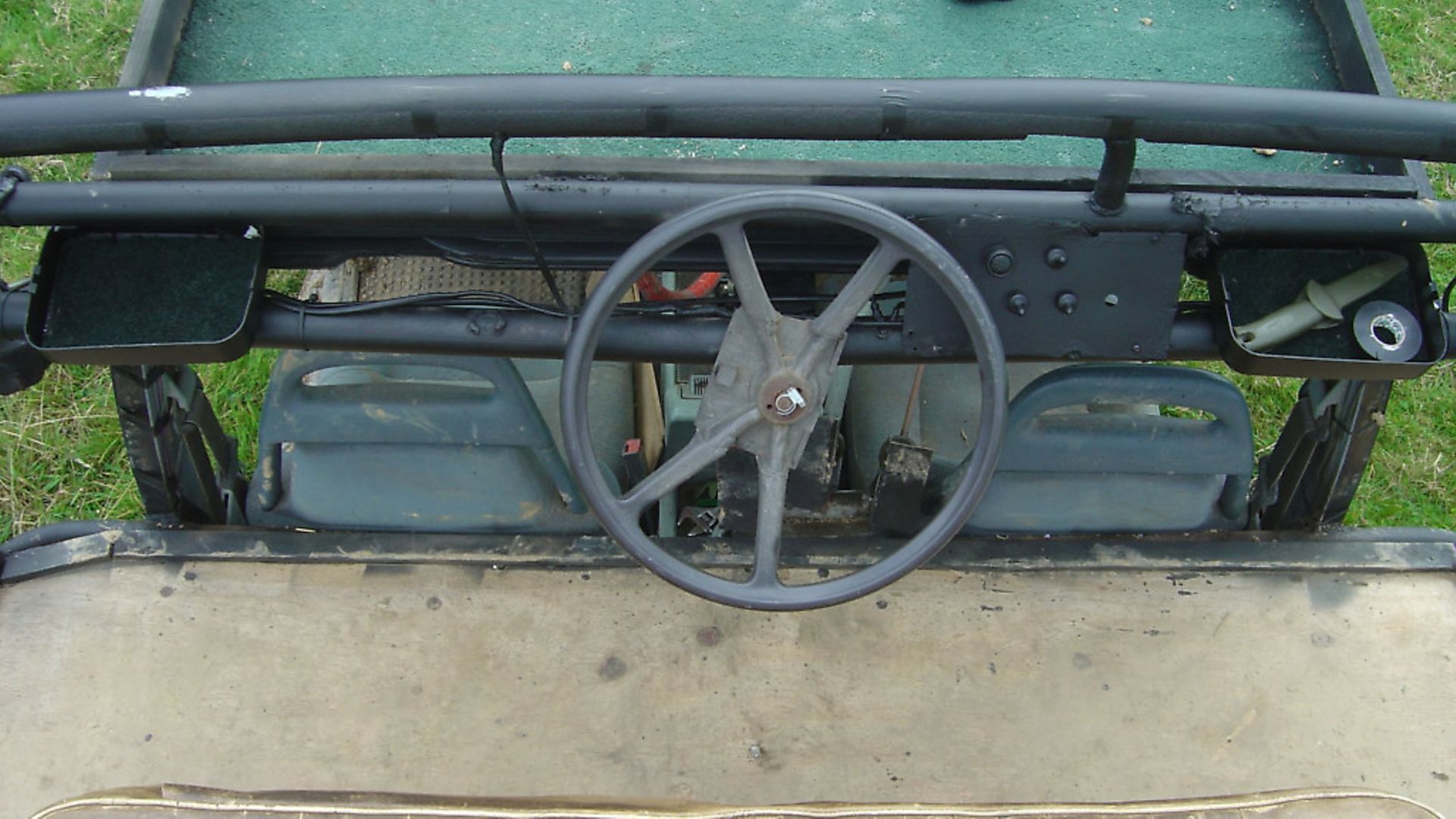 credit: Archant
credit: Archant
The here and now
Now to the present day, the dusty old shooting wagon is only just in service, coming out when I am nagged by friends, family or visitors as it is such a brilliant and fun vehicle from which to view the farm. I have entertained foreign journalists during shooting seminars and used it for filming projects, so it is well known in hunting circles beyond the UK. It is looking a little neglected, and after writing this article I need to purchase a fresh battery and give the old girl an outing (I hope the disc brakes are not seized up).
To be honest, the purchase of a more modern buggy was perhaps the death of my beloved bodged-up shooting wagon. The Kawasaki Trans Mule 4010 is so versatile and easy to use, despite the noisy three cylinder engine shaking too much on idle.
This model has an extra bench seat in the rear, allowing for a maximum of six passengers to be taken out, but when it comes to shooting, it takes some beating. I remove the windscreen and secure a piece of plastic down pipe with gaffer tape across the front of the cab, making a perfect rifle rest.
The driver can lamp and drive at the same time, and as they are so light, they can go more or less anywhere. If we see a fox, we stop and quickly jump on the back to shoot from the roof. Being road legal is a huge benefit, as it saves all that loading up of the old beast onto a trailer to travel between farms. But I have to admit, it is not nearly as exciting to drive as the trusty and proven monster of a shooting wagon.
So, did I build the ultimate shooting wagon, despite weighing over two tons and guzzling gallons of petrol every time it went out on a shooting foray? I will let you decide, but if you have a specially modified bespoke shooting wagon that you would like to show, send your pictures in and let’s see if we can build up a portfolio of the best shooting vehicles in the UK. I bet yours is not as good as mine!
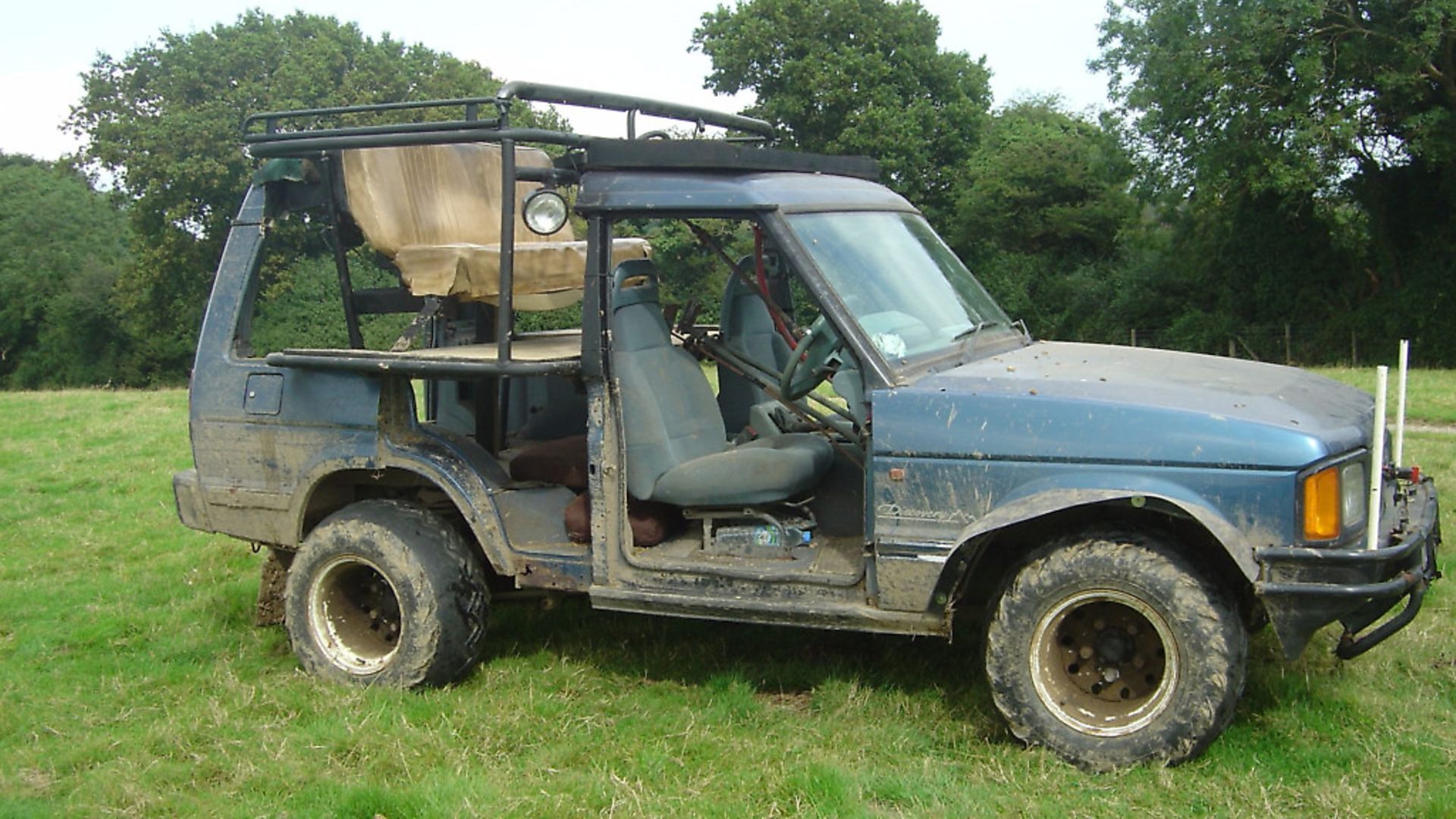 credit: Archant
credit: Archant
NAME YEAR MODEL COMMENTS
MK1 1982 Subaru Hatchback Great but too cramped
MK2 1985 Subaru Estate Better, but needed for room
MK3 1995 Classic 2 door Range Rover Perfect, thirsty but a dinosaur to drive despite Automatic gearbox
3500cc V8 Petrol
4 speed ZF Automatic
Permanent 4WD
High and Low Range Transfer box
Top speed 60mph
 credit: Archant
credit: Archant
MK4 2007 4 door Discovery Mk1 Powerful, stable, smooth, but the manual gearbox in tricky.
3950cc V8 Petrol Fuel injected
5 speed manual
High and Low Range Transfer box
Top speed 70Mph
Present day 2017 Kawasaki Mule 4010 Trans Noisy but versatile
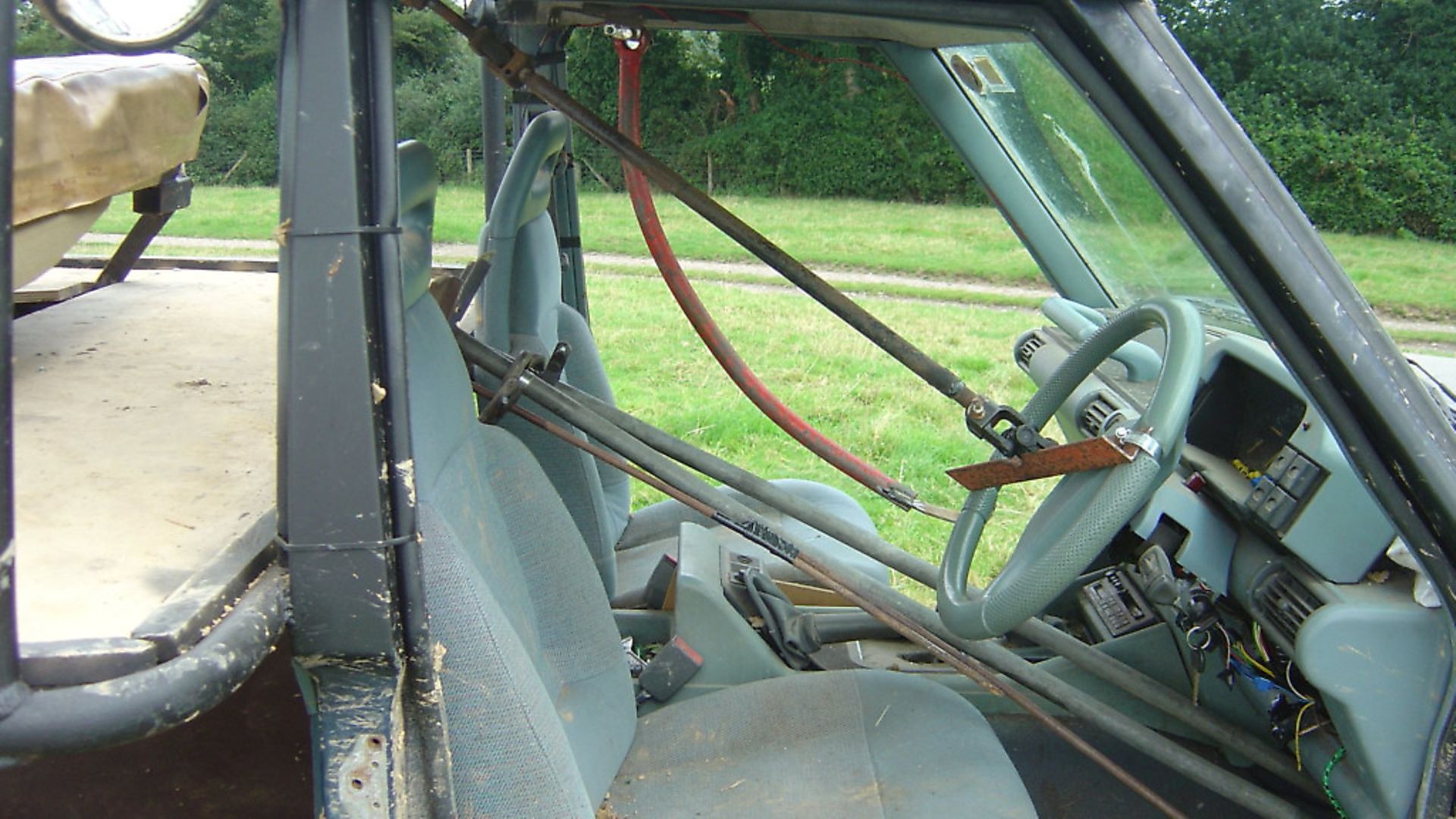 credit: Archant
credit: Archant
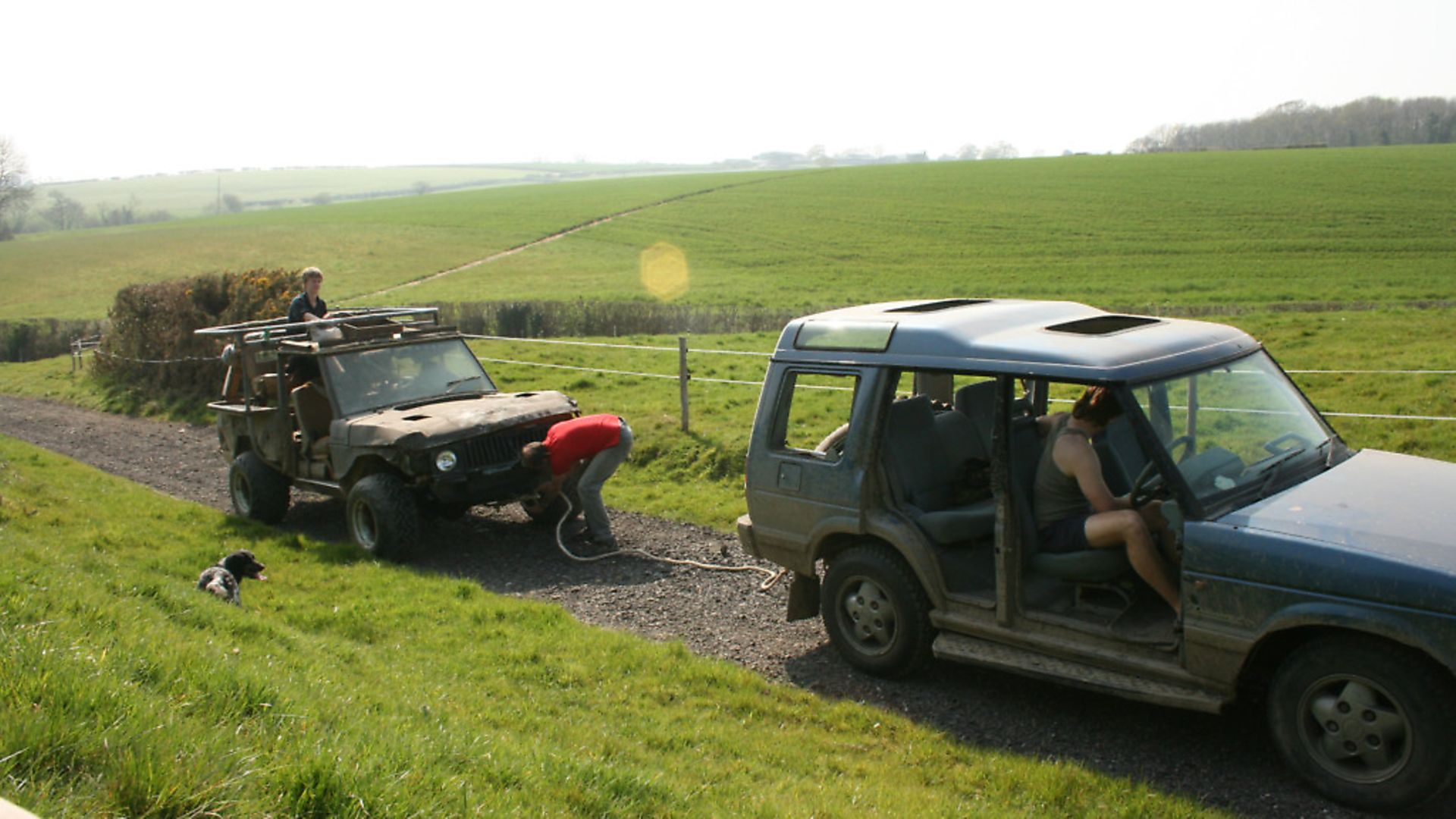 credit: Archant
credit: Archant
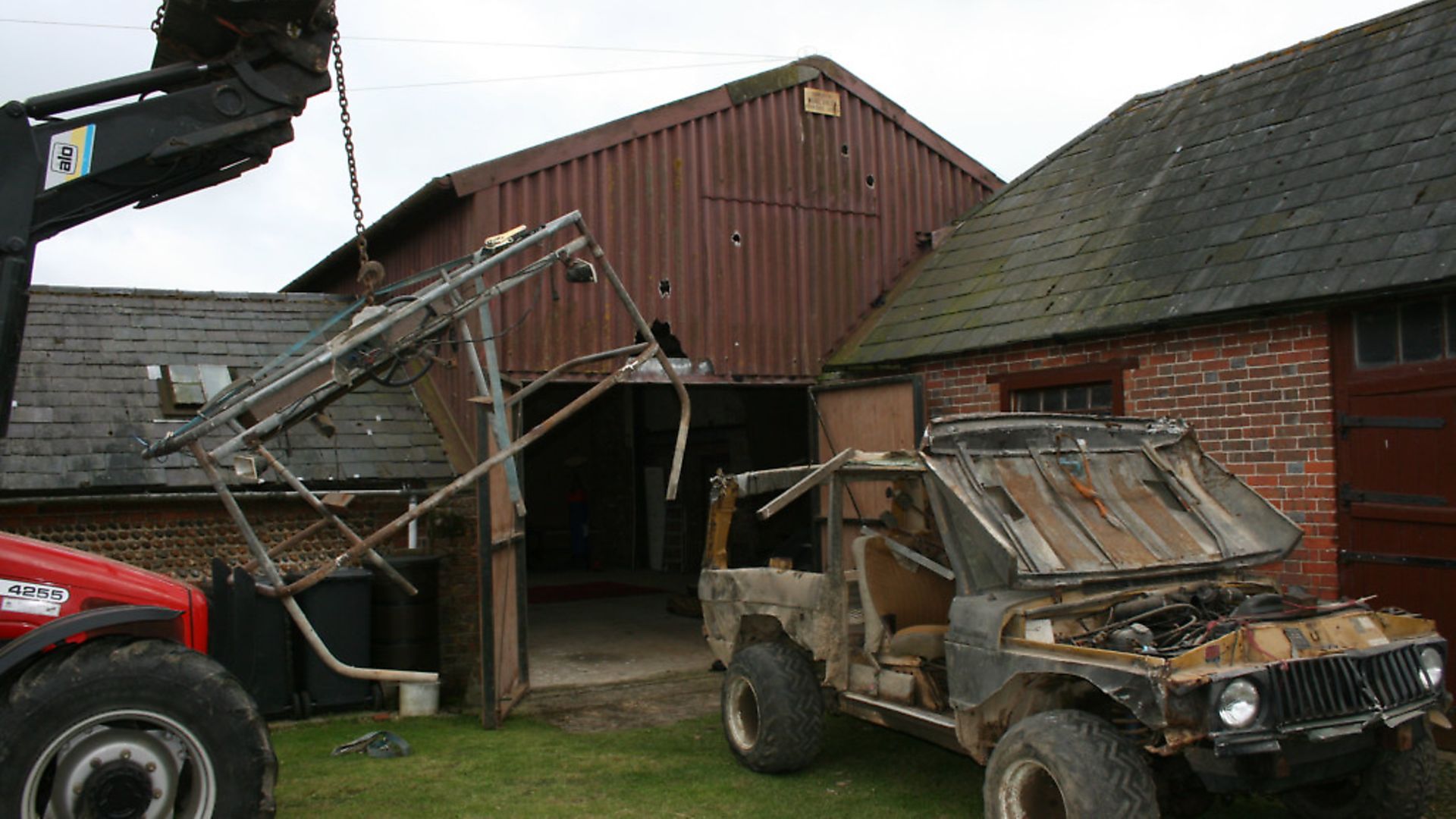 credit: Archant
credit: Archant
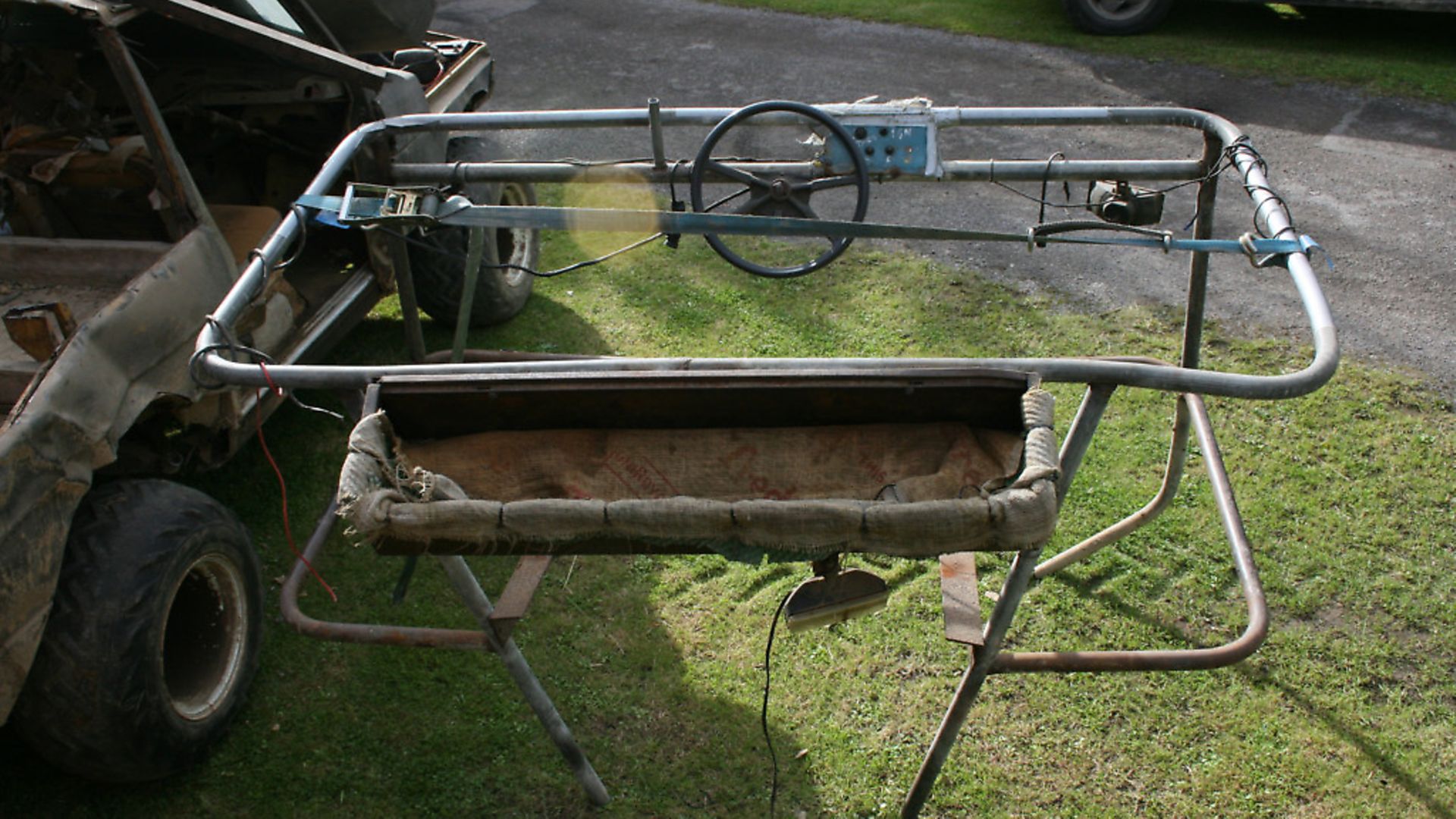 credit: Archant
credit: Archant
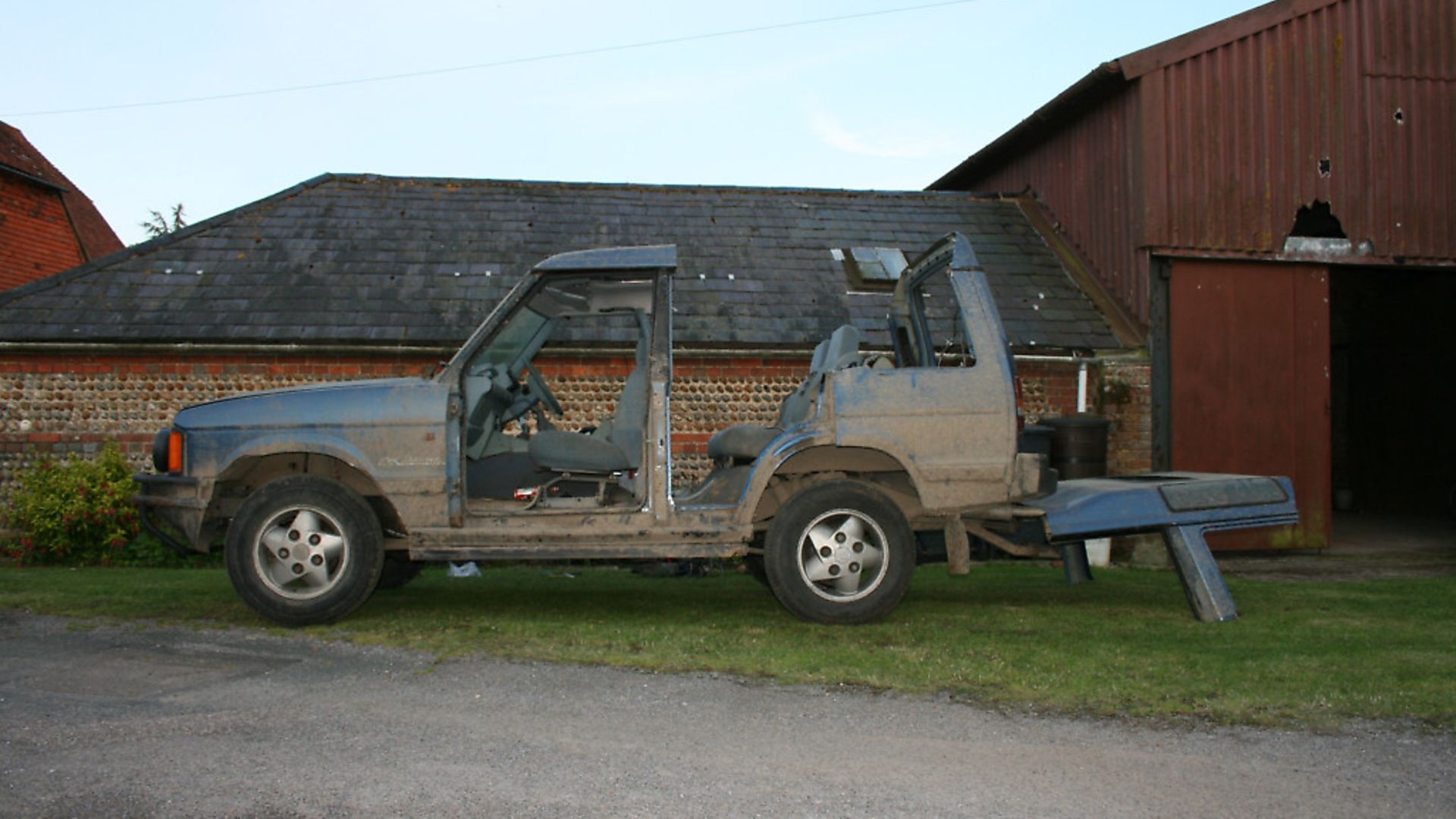 credit: Archant
credit: Archant
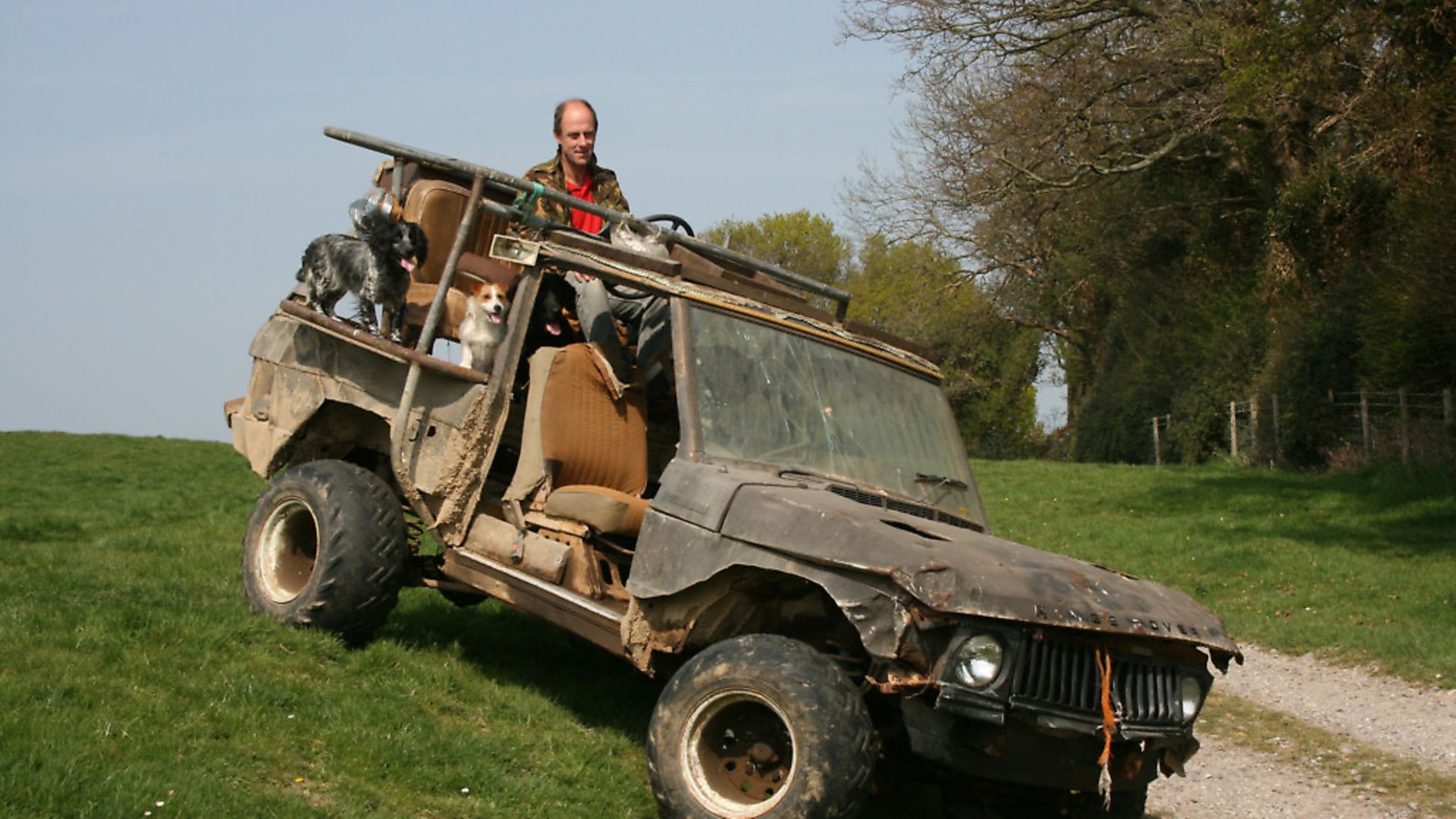 credit: Archant
credit: Archant
 credit: Archant
credit: Archant
 credit: Archant
credit: Archant